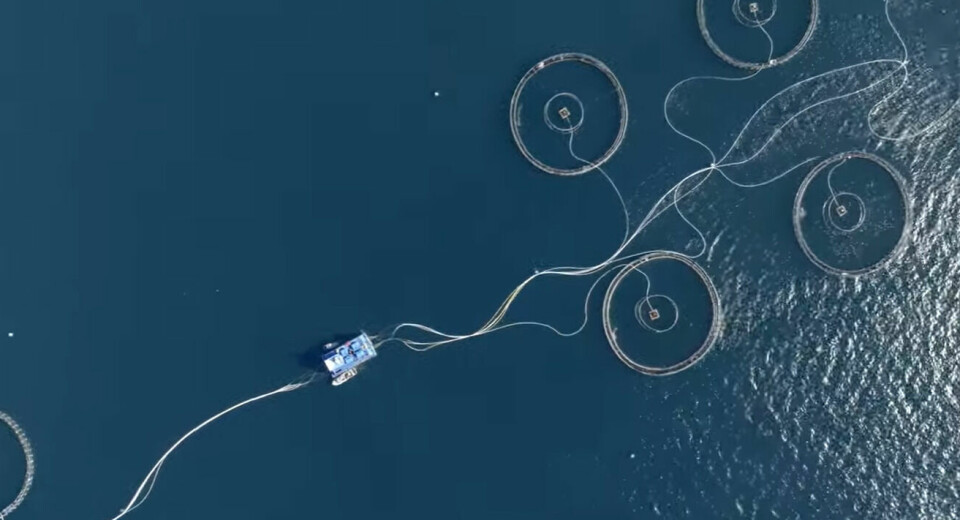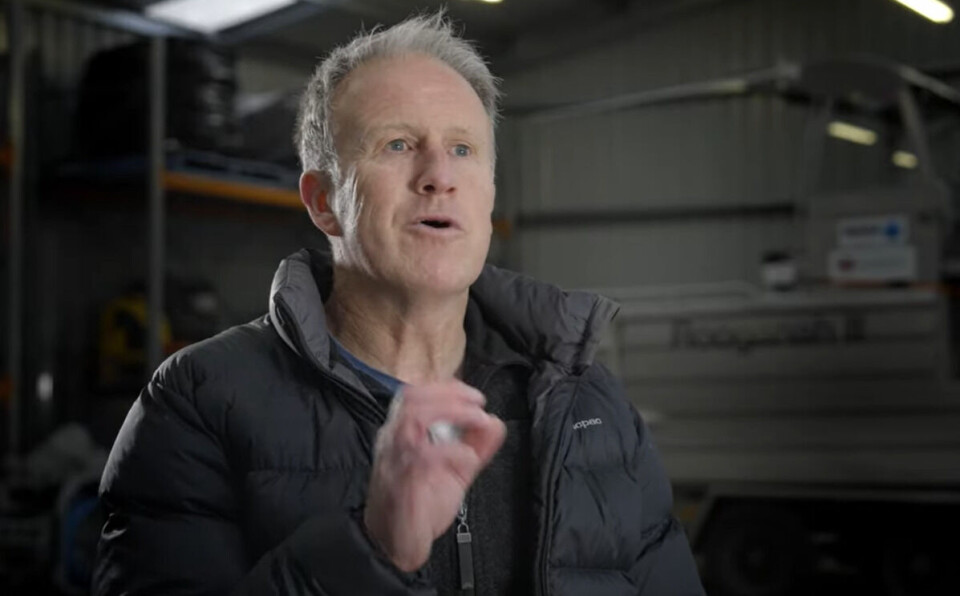
Fish farming ‘has not harmed Storm Bay’
A$10m study into best monitoring methods and health of environment shows it’s so far, so good in Tasmanian sector’s expansion zone
Environmentally important features in Storm Bay in Tasmania haven’t been harmed by salmon farms, according to the scientist who led a near-four-year, A$10-plus million study into the impact of aquaculture in the Bay and the best ways to measure it.
Storm Bay has been identified by the Tasmanian government as a potential area for salmon farming expansion, with an initial limit of 30,000 tonnes of production. Two of Australia’s three major salmon producers – Tassal and Huon – farm in the Storm Bay region, and the third – Petuna – is engaged in the planning process with an approved site in the north-central area of the Bay.
“Salmon aquaculture is relatively new to Storm Bay so it’s vital to have monitoring, early detection and good science in place as the industry becomes established there,” said University of Tasmania associate professor Jeff Ross, the study’s principal investigator.
“The monitoring program is tailored for a range of habitats, both in the direct vicinity of the leases and more broadly across Storm Bay – so it improves how environmental responses are measured and evaluated, and how the government manages the environmental effects of salmon farming in this waterway,” added Ross, from the university’s Institute for Marine and Antarctic Studies (IMAS).

“It’s enabled us to assess the condition of important inshore and deep reefs, soft sediment, and seagrass habitats across Storm Bay – and we’ve found they are healthy, biodiverse and show no evidence of adverse effects from aquaculture inputs. This has created an important reference point which we can assess environmental performance against, as the industry develops in the Bay.”
Storm Bay was identified as a priority area for salmon farming expansion due to its high-energy environment, which allows for nutrient dispersal and more diffuse effects than areas with lower water movement.
To ensure the development was sustainable industry there, the Australian Government’s Fisheries Research and Development Corporation (FRDC) called on the environmental monitoring and modelling expertise of scientists from IMAS and CSIRO (Commonwealth Scientific and Industrial Research Organisation) scientists, an Australian Government agency responsible for scientific research. FRDC contributed more than A$10 million to the project.
Peak stocking period
Conclusions and recommendations resulting from the study are contained in a 452-page report that outlines the three aims considered in the design and review of the Storm Bay monitoring program: assessing the ecological health of the major receiving habitats, assessing whether regulated performance criteria have been exceeded, and detecting and assessing the impacts of salmon farm inputs.
The research focused on the environmental conditions and health of the sediments and vast water column, across an extensive array of active sites, extending from the pens out to distances of 1.5 km in all directions. This was carried out during the peak stocking period to maximise uncovering any adverse effects.
The study team made recommendations about how and where water quality should be measured to assess the potential impacts from farming and highlighted the importance of CSIRO’s ecosystem models and decision support for understanding the drivers of change.
Must be scalable
“There can be little doubt that the current Storm Bay monitoring program is comprehensive for the habitats sampled, the parameters measured and the spatial and temporal scales it covers,” Ross said.
“But for it to be effective and efficient, it must be designed to answer specific management questions and priorities, which includes being scalable to the level of development and being regularly reviewed. This will underpin an effective and robust design and public confidence in its implementation.”
Luke Martin, chief executive of trade body Salmon Tasmania, said: “Storm Bay had long been identified as a priority area for the expansion of salmon aquaculture and this extensive environmental monitoring initiative allows us to continue to be led by science to achieve the best outcome for the industry, the environment and the community.”
Watch this video in which IMAS scientists explain the work carried out over the last four years. “There can be no shying away from the fact that the environmental impacts of aquaculture in our waterways in Tasmania is a highly polarised topic – everything from views from just ‘they’re destroying the whole environment’ to ‘they’re not having any impact at all’," says project leader Jeff Ross. “I think it’s really important that people’s opinions, whatever they are, are informed by science and evidence."






















































